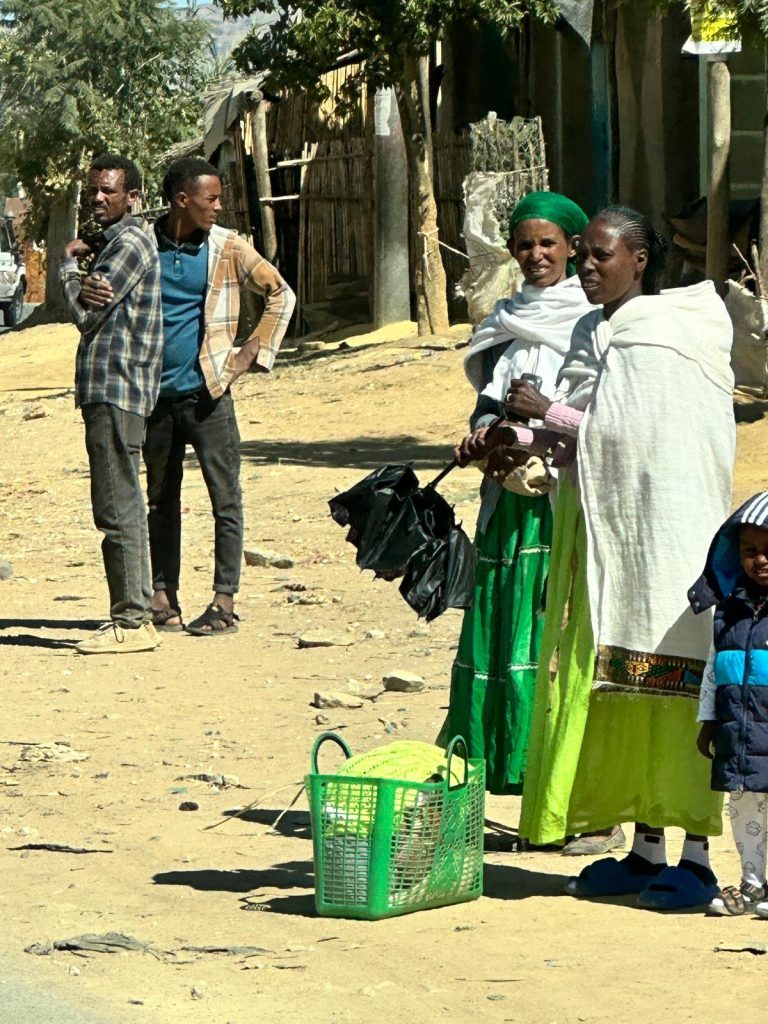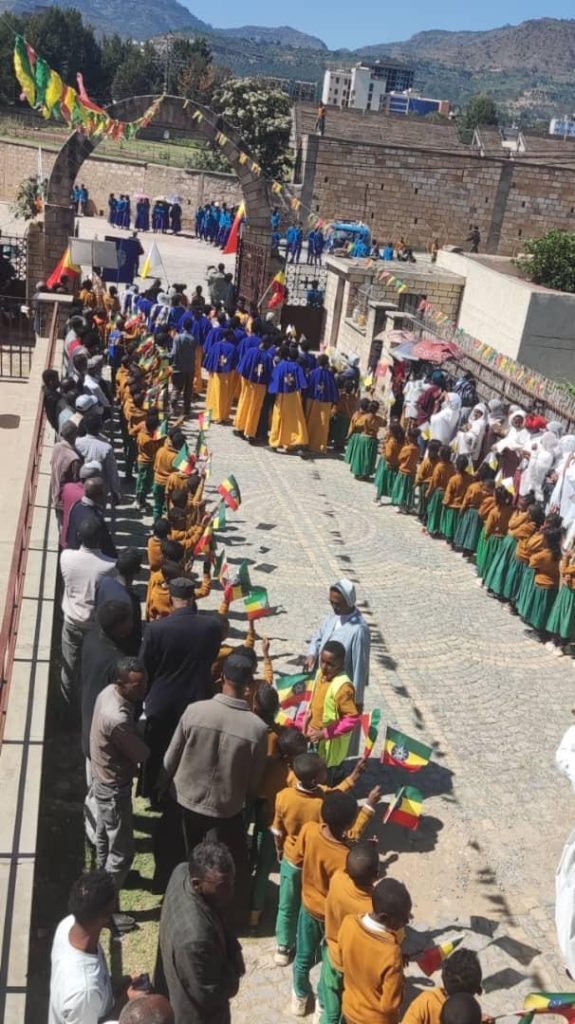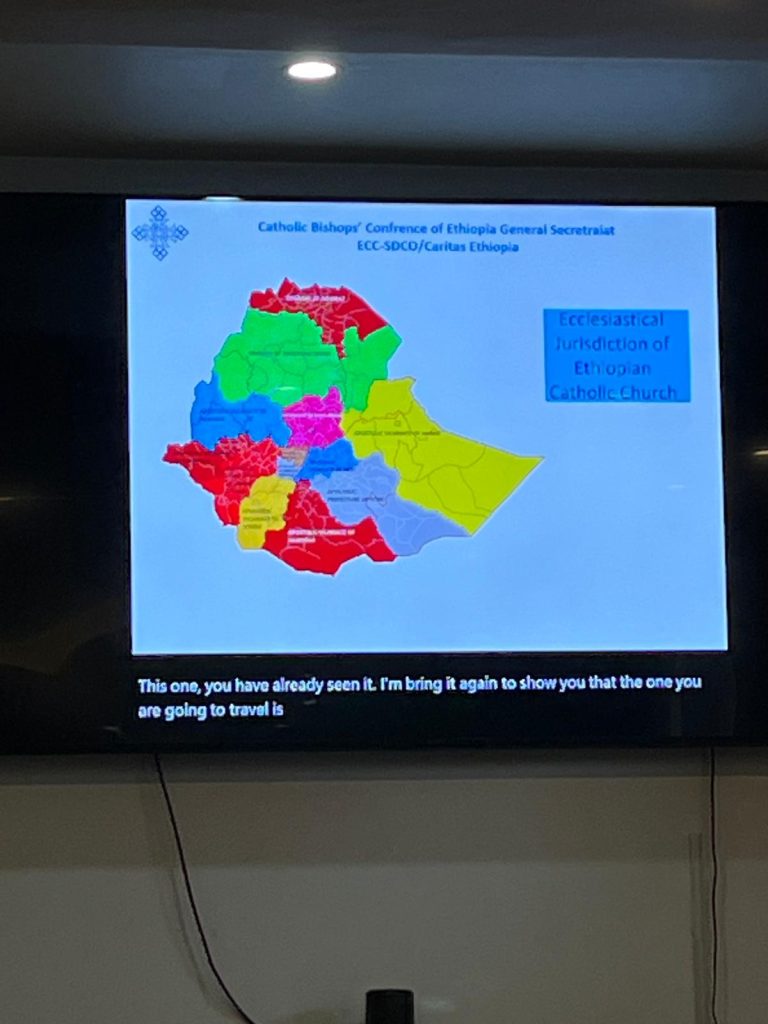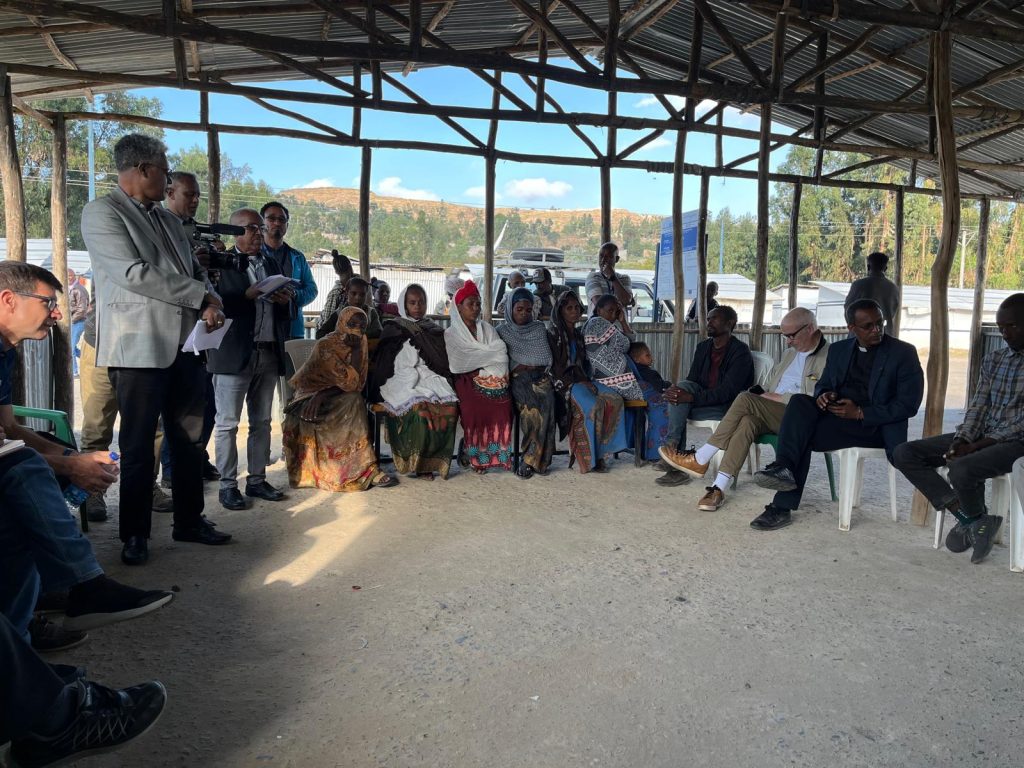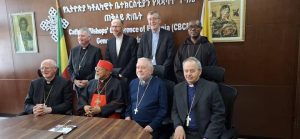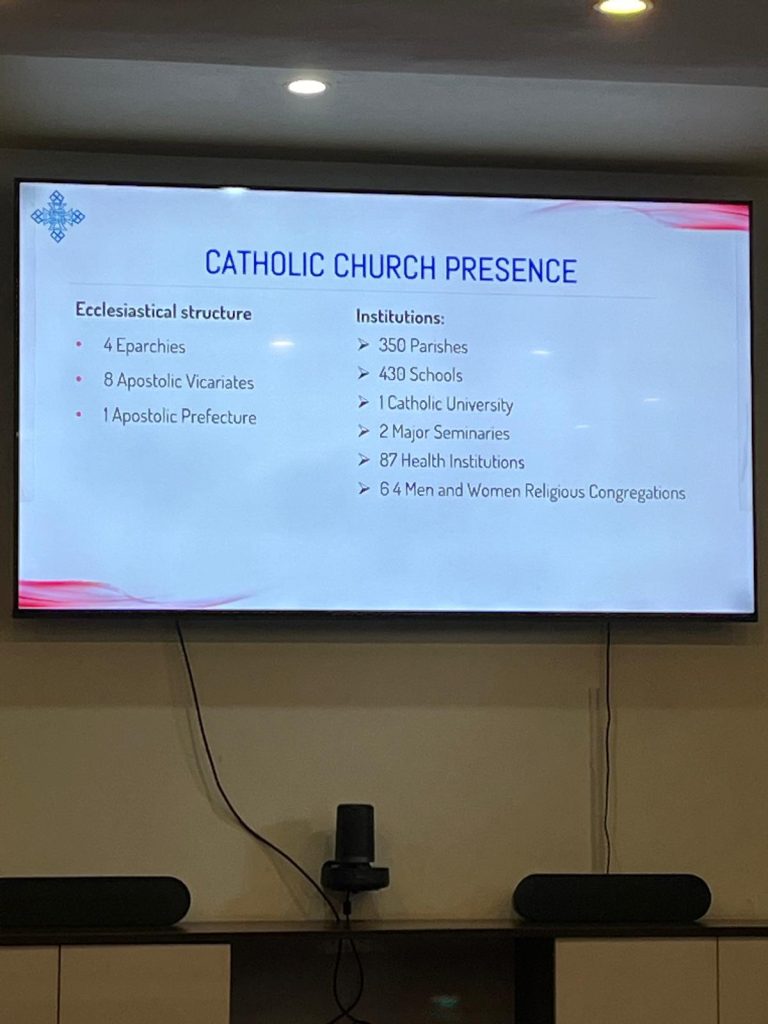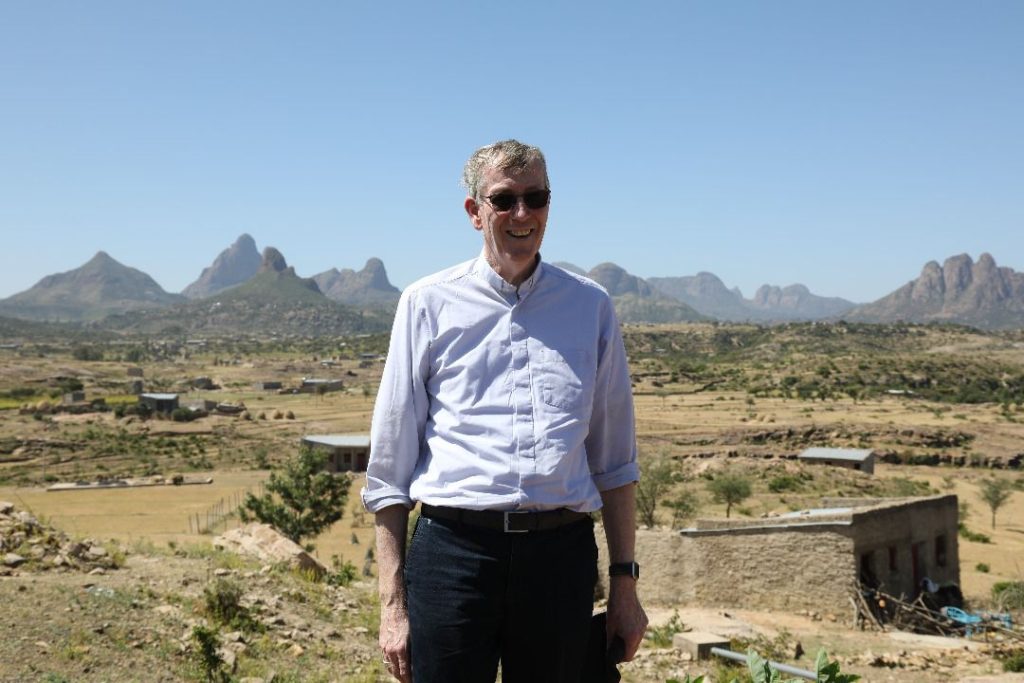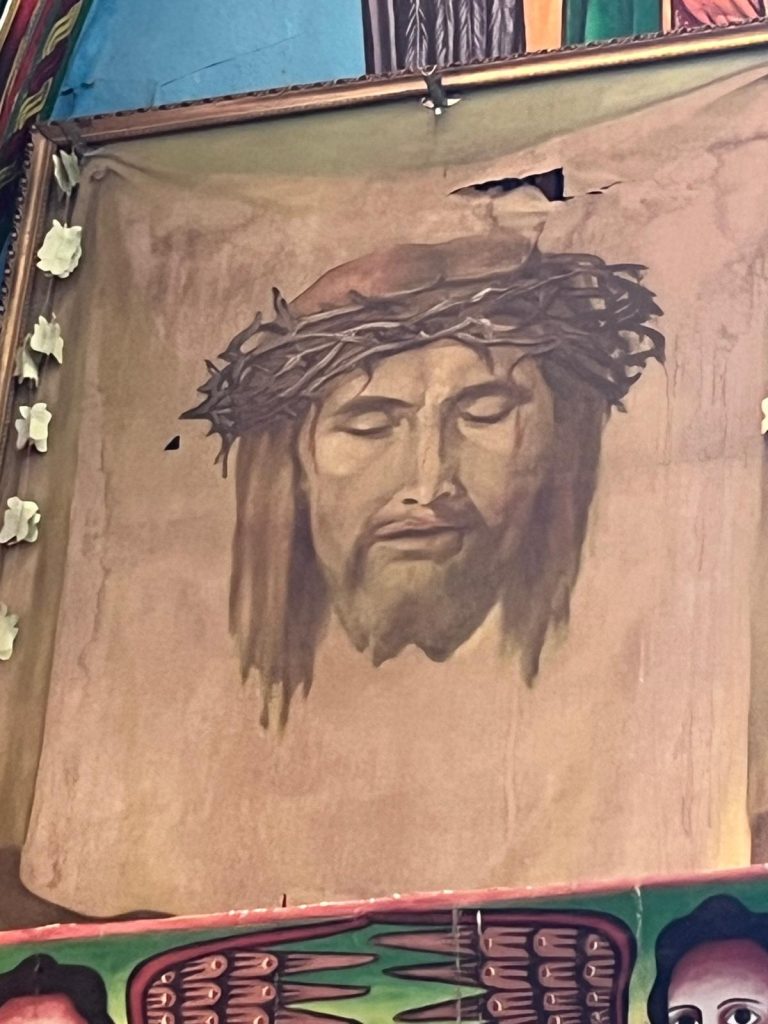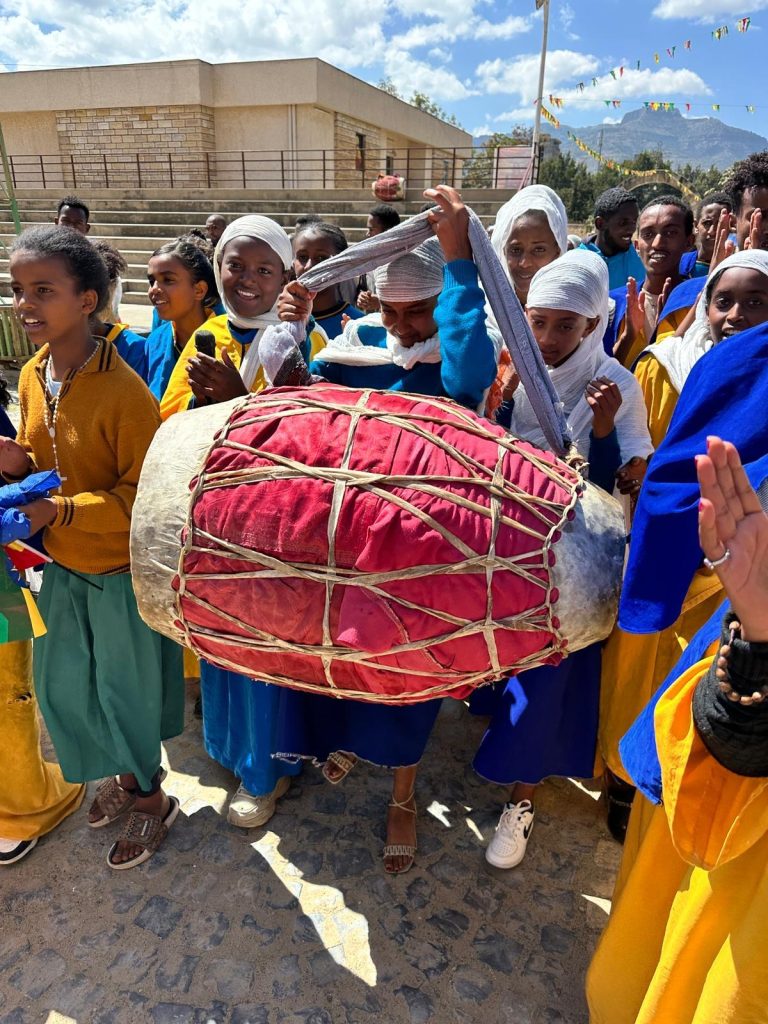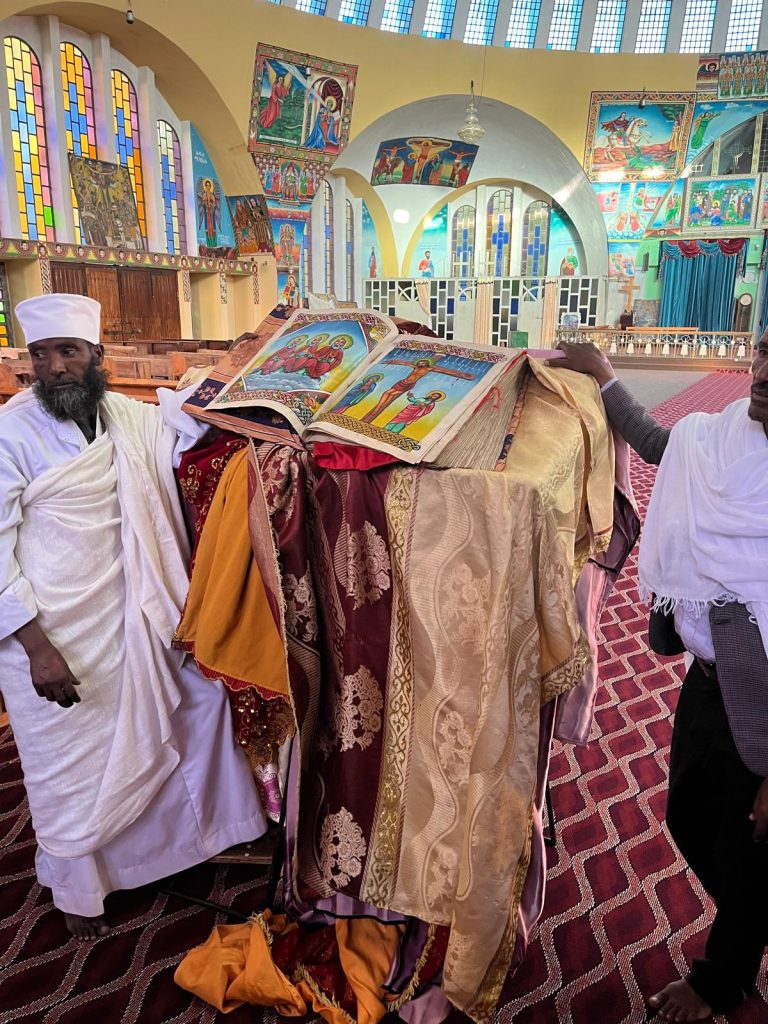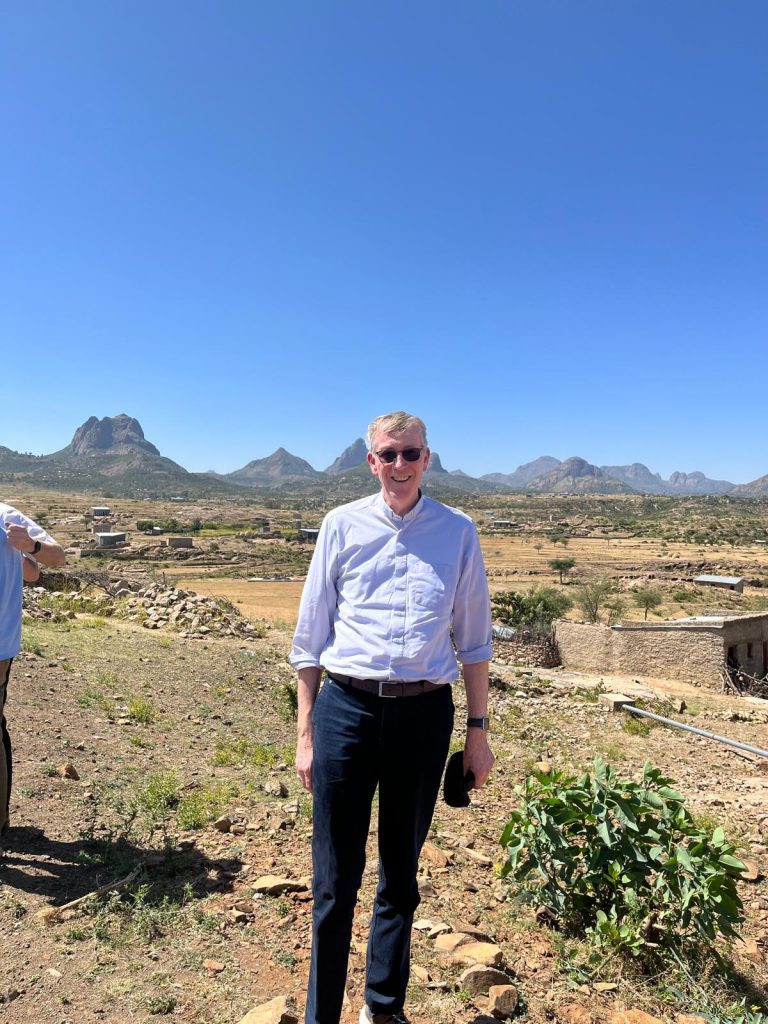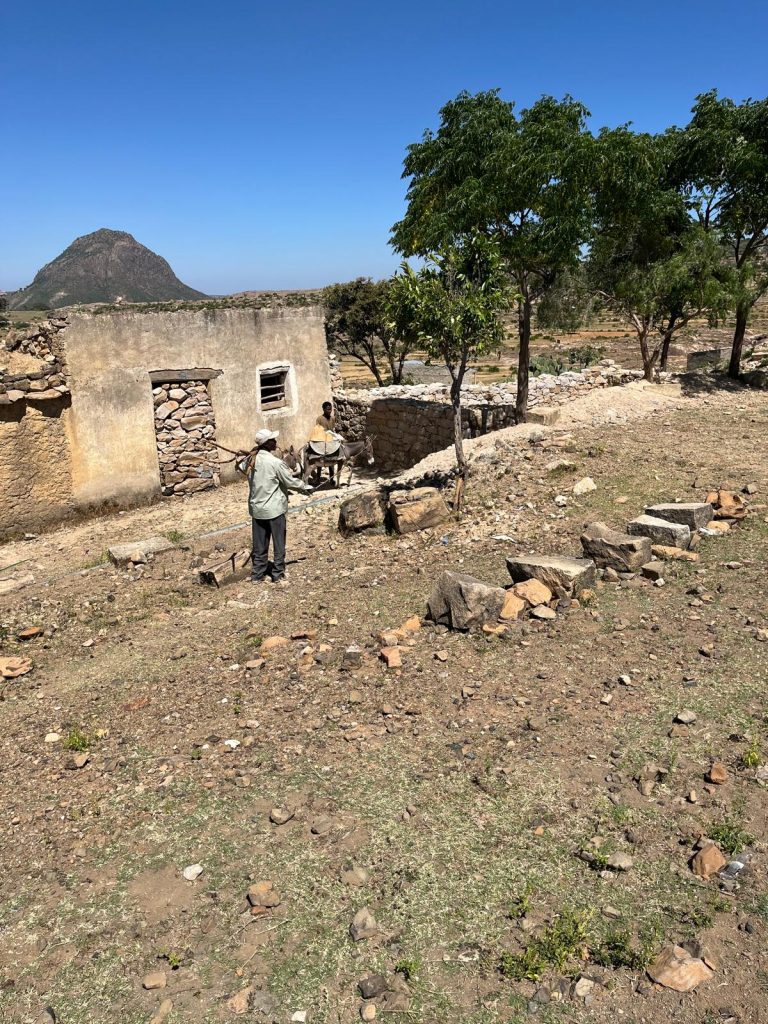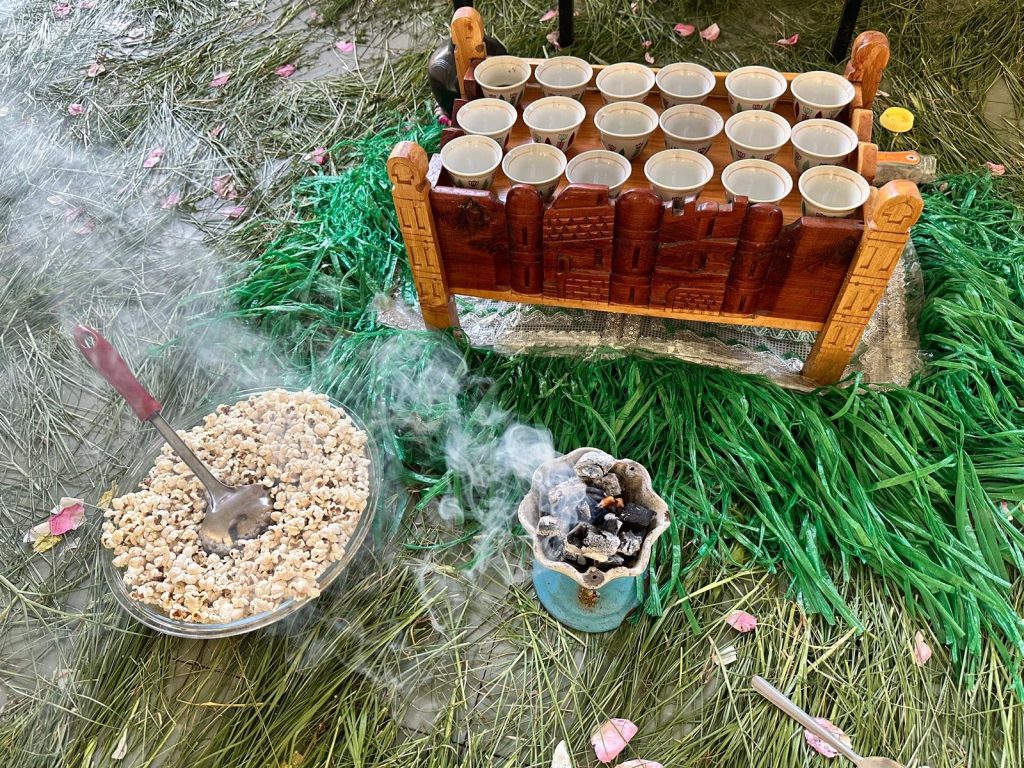Initial Thoughts on my Trip to Ethiopia
Africa is a huge continent. It is said that the maps of the world we are most familiar with, are drafted with Western tools and Western eyes, therefore the scale and perspective is not always accurate. Africa is three times the size of Europe and the second most populous continent after Asia.
The flight for me from Dublin to Addis Ababa on November 9th entailed a short transfer in Heathrow, was in total a journey of well over nine hours.
Our first stop was Addis Ababa after the overnight flight. We saw at first hand the demolition of livelihoods along the roads of the main thoroughfare in Addis Ababa, families were being moved out of sight to the extremities of the city where there are no services and no shops. Language is critical in a country that is one of the oldest in the world with biblical origins, we think of St. Philip and the Ethiopian Eunuch (as recounted in Acts 8:26-40). There are eighty recognised languages in the country that was originally known as Abyssinia – Abyssinia then included a number of the countries around it such as Eritrea and parts of Somalia. The only sign that remembers those Abyssinia roots today are the Bank of Abyssinia on the main thoroughfare of Addis Ababa. It’s there you would go for the local currency ‘the birr’ that has been sadly devalued in recent months.
3.2M people have been displaced across the country, 70% a result of conflict, a very recent one that ended just in 2022 and it’s hard to say if it has really ended. Many in the Tigray region of Northern Ethiopia, hardest hit by that conflict would say “they have peace, but no justice”. The remaining 30% are displaced because of natural disasters. Climate Change is a reality there, and drought is an ongoing issue. You washed your teeth with bottled water, nothing from the tap was deemed safe, unless of course it was boiled.
I travelled with Trócaire, founded in 1973, who work in seventeen countries around the world and respond to emergency appeals elsewhere, working closely with partners on the ground. In Ethiopia they work under the umbrella CST – CAFOD, SCIAF and Trócaire – a partnership of the three Catholic development agencies on these islands. With Trócaire we were welcomed by the Irish Ambassador Designate to Ethiopia Olivia Leslie and her team, Cardinal Berhaneyesus and his colleagues.
We were reminded that Ethiopia is the roof on the Horn of Africa. It is a federal system where straight line borders, a common feature across the African Continent, are suspect and porous, with people of the same ethnicity divided by a straight line on a map. Catholics amount for at most 2% of the population, while Islamic are also present, Christians, mainly Ethiopian Orthodox account for the larger percentile of 62%. There are 13 dioceses in the country, four of them are eparchies. There are 54 religious orders including ones familiar to us such as the White Fathers and the Daughters of Charity.
Poverty is a huge reality in Ethiopia. 68% of Ethiopians experience multi-dimensional poverty. Where Trócaire assists local groups, their programmes always must be self-sustaining.
We moved to the northern end of Ethiopia, to Tigray. They feel a strong affinity to Ireland, because of our support for them in their recent conflict. They even likened their Ethiopian Cross to our Celtic Cross! Bishop Tesfaselassie Medhin was our very generous host during that end of our trip. We were reminded that 1M people perished in the conflict, and there were so many deaf ears to the cries of the Tigrayan people, but not Irish ears. We learned often of the resilience of the Tigray people.
The Daughters of Charity came to Tigray the same year as Trócaire was founded. They were so grateful for Trócaire opening its outreach in Mekelle. The Daughters of Charity are engaged in women’s empowerment programmes, nutrition programmes and livelihood programmes. They valued the support of Trócaire for their work. We visited programmes around supporting women who have been traumatised by gender based violence. We saw small poultry enterprises, supported by Trócaire, allowing a person to become confident in themselves and their skills after the savagery of the conflict.
49% of Ethiopian land is cultivated; 42% of their young people are enrolled in a school system. Many of them grow up too soon without ever enjoying the opportunities education offers.
Perhaps our two visits to IDP Camps will remain for a long time in memory. IDP means ‘Internally Displaced Persons’. Issues of concern included food insecurity, personal safety and issues with the quality of tarpaulin covering the small two roomed clay floored huts that housed perhaps eight people each. Our visit was in the dry season, I dread to think of what it might be like in the rainy season.
Priests shared with us their fear of losing young people in their droves to emigration, one mentioned that 90% of Catholics were emigrating. And remember this is to the Sudan and to Libya and then onto overloaded rubber dinghy’s. Keeping young people at home is critical for a faith community. While the second IDP we visited had improved conditions to the first, it was still very basic. The only question from the residents was when might they be able to return home to West Tigray still under occupation by Eritrea troops. We were reminded that the Bishop there cannot visit twelve of his parishes or can he contact his priests there for the past four years.
Despite their problems and acknowledging ours are all very ‘first world ones’, the Church there have plans to divide Tigray into four pastoral regions and perhaps move the diocesan hub to a more central location. The Church in Ethiopia has a ten-year plan that includes deepening their synodal journey, empowering the faithful and strengthening their foundations.
There is so much more that could be said, but this simply gives for now, a taste of a trip that will last in my memory for a long time to come. It gives me a clear perspective of how important our contribution to Trócaire is and indeed our personal support for a people who in the face of poverty and injustice remain hugely resilient, inspiring and hope filled.
